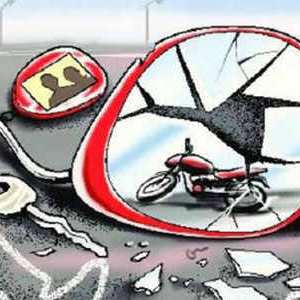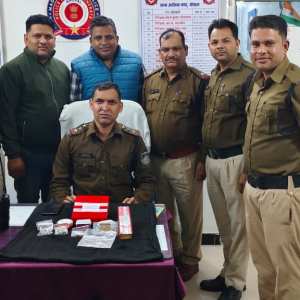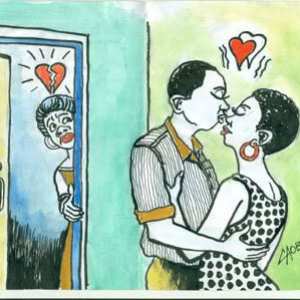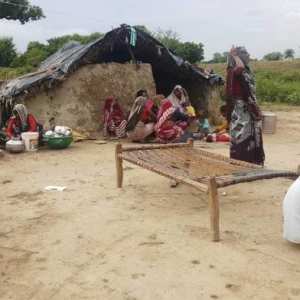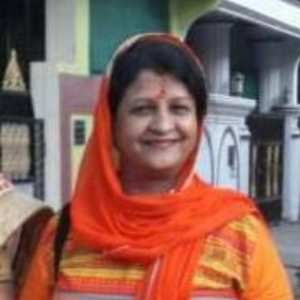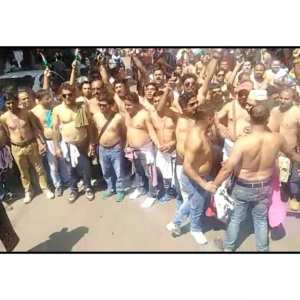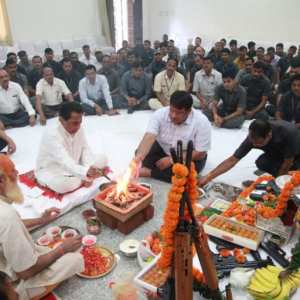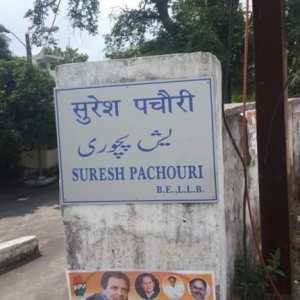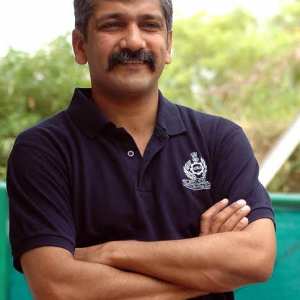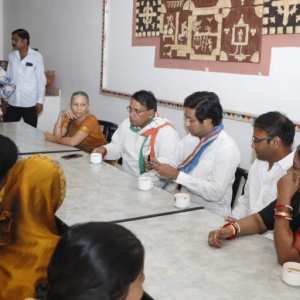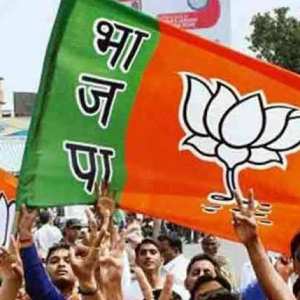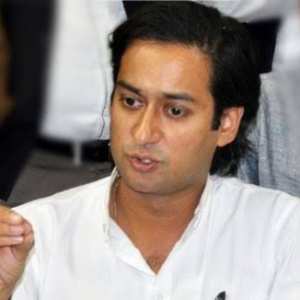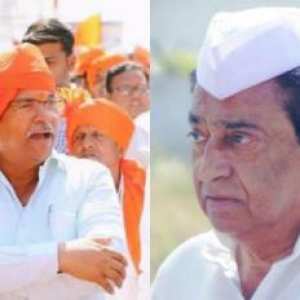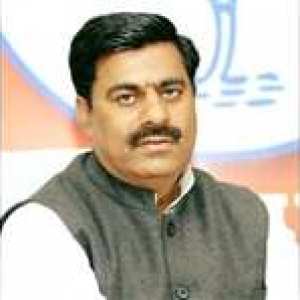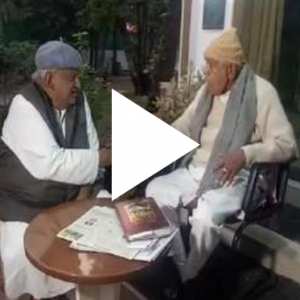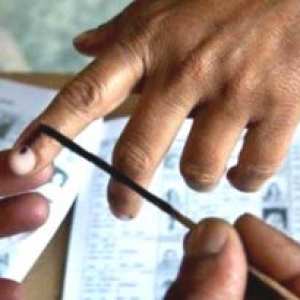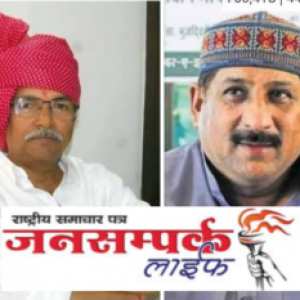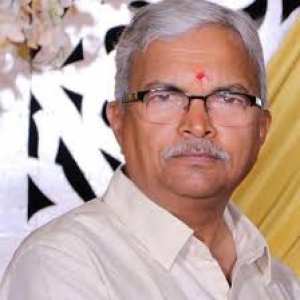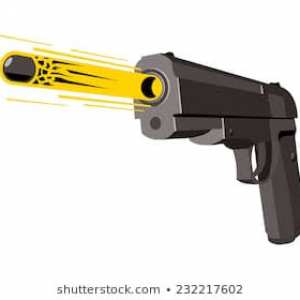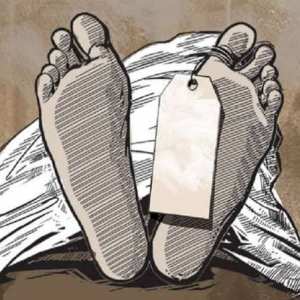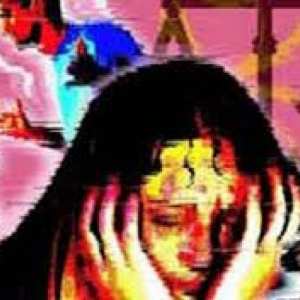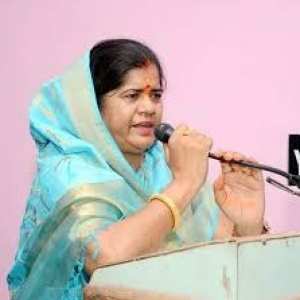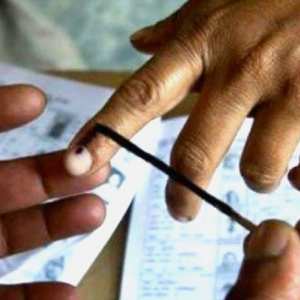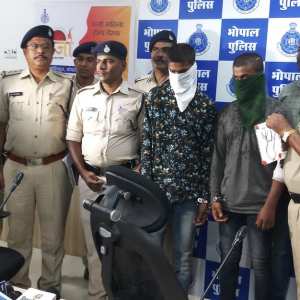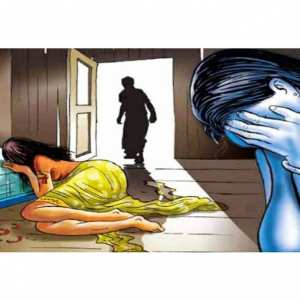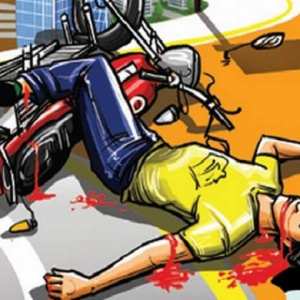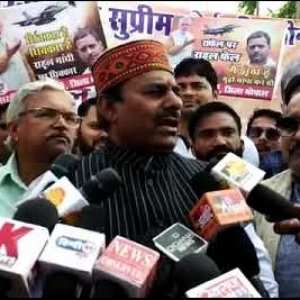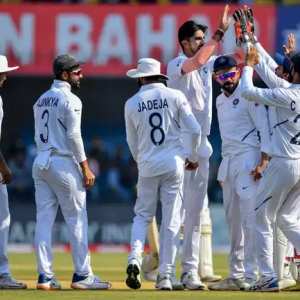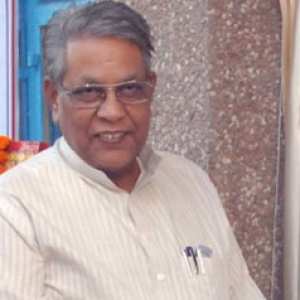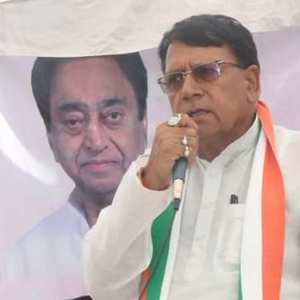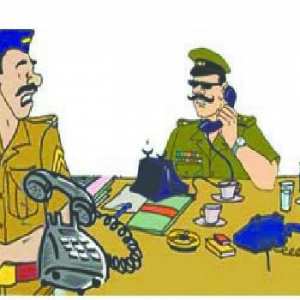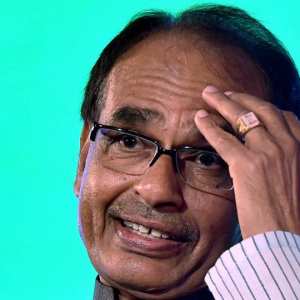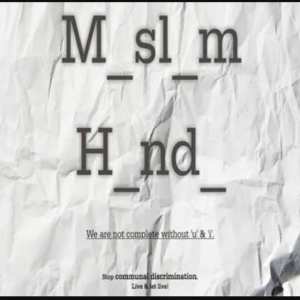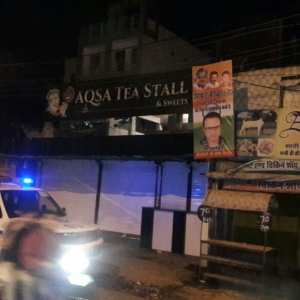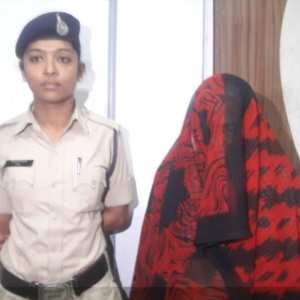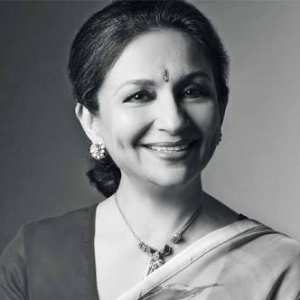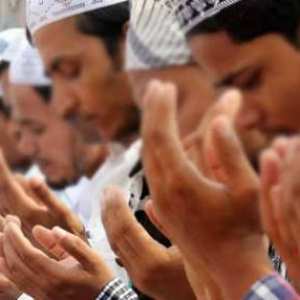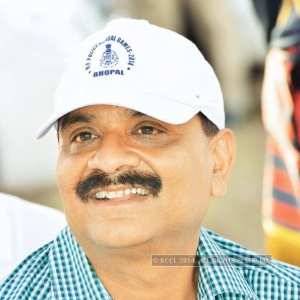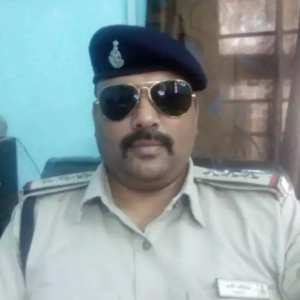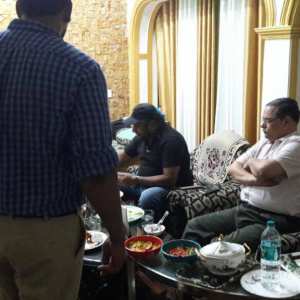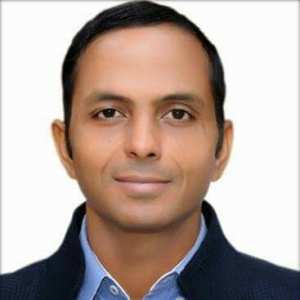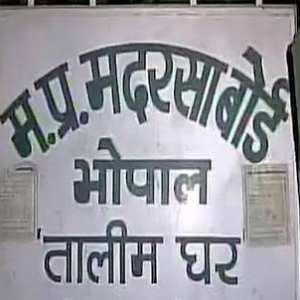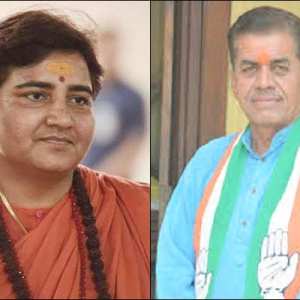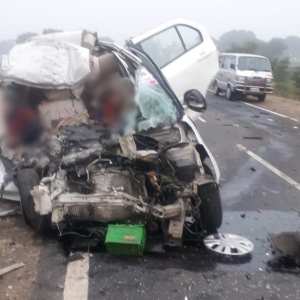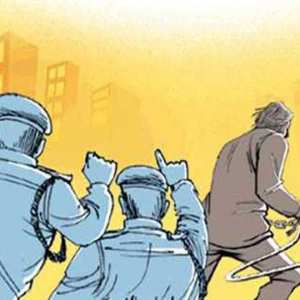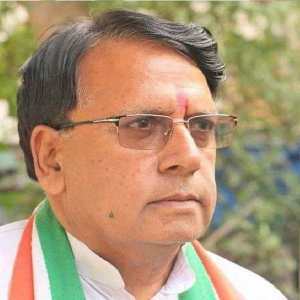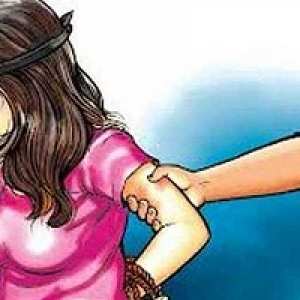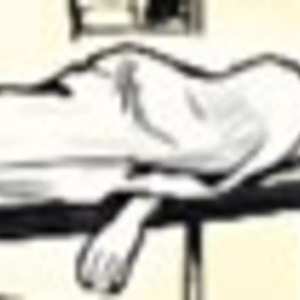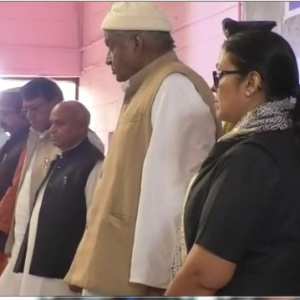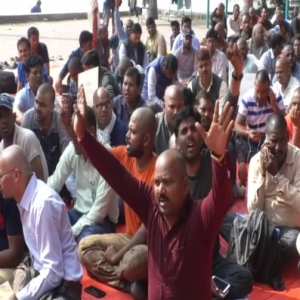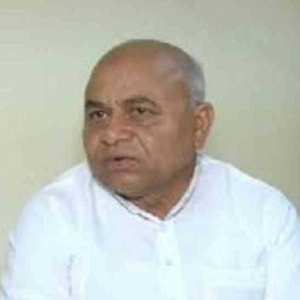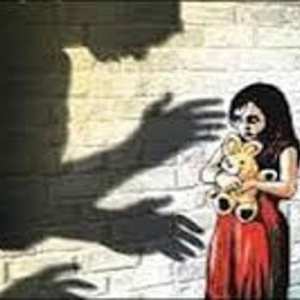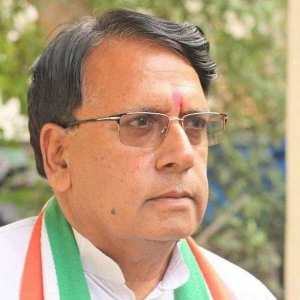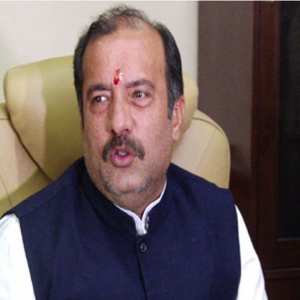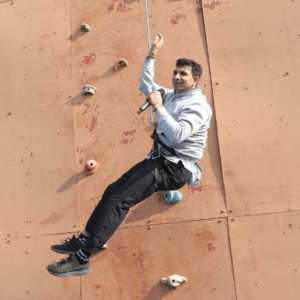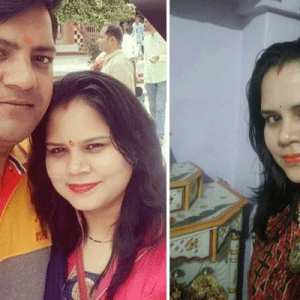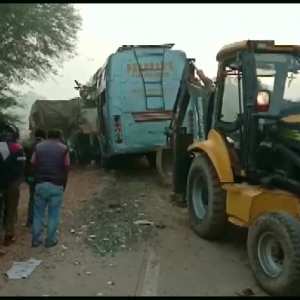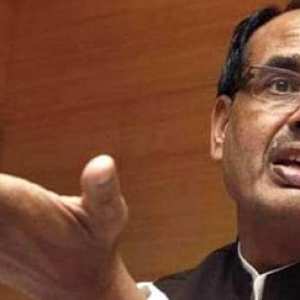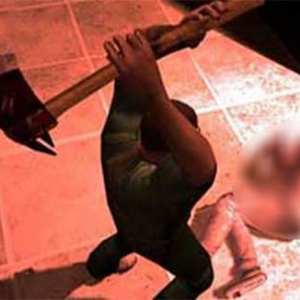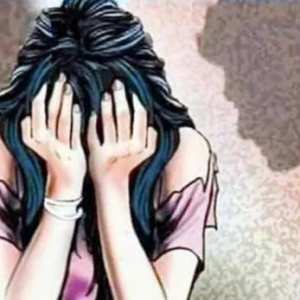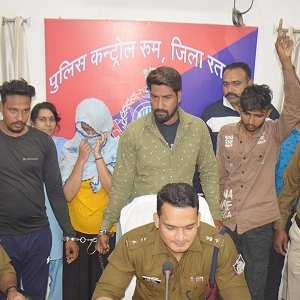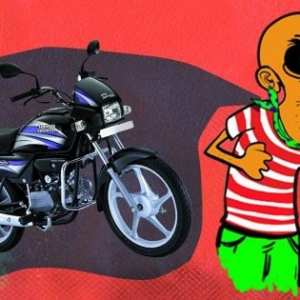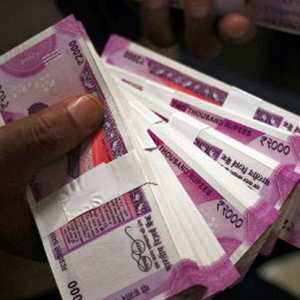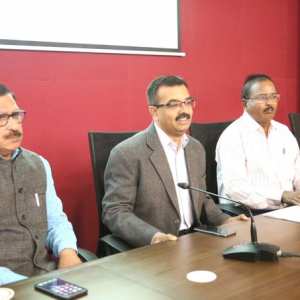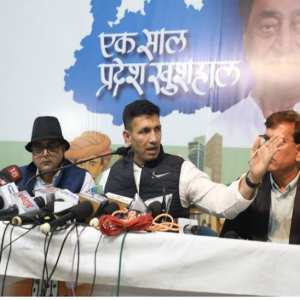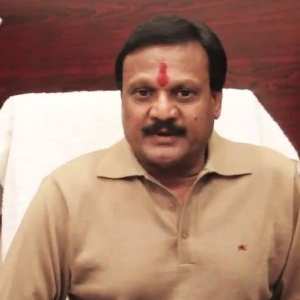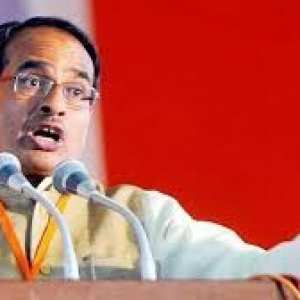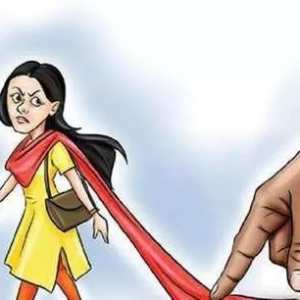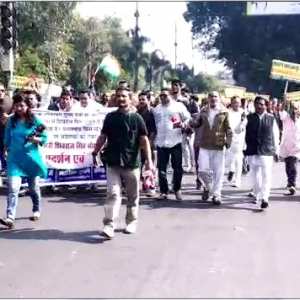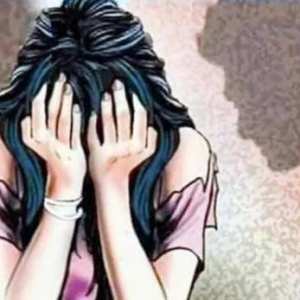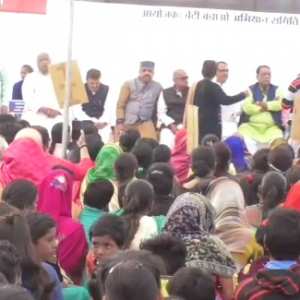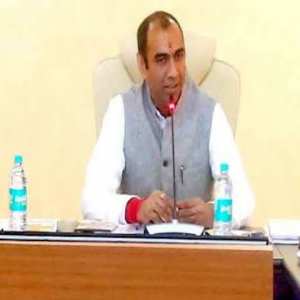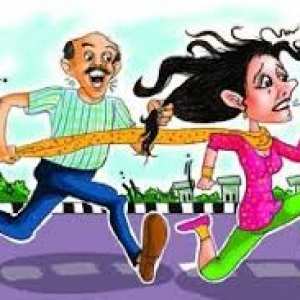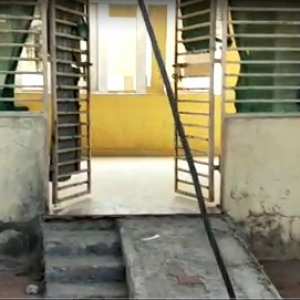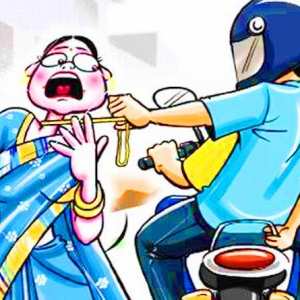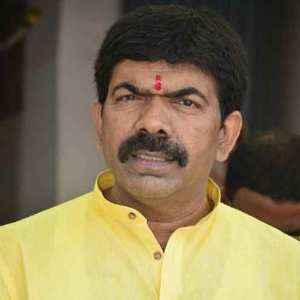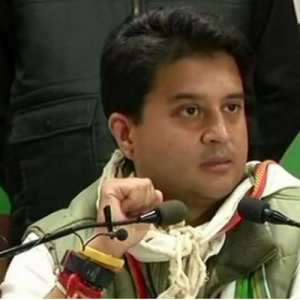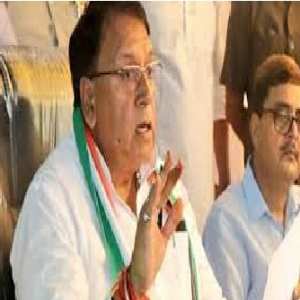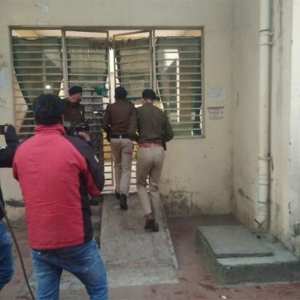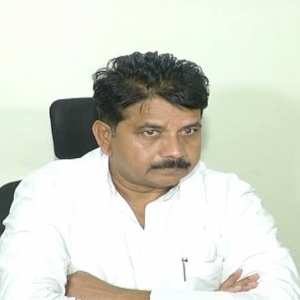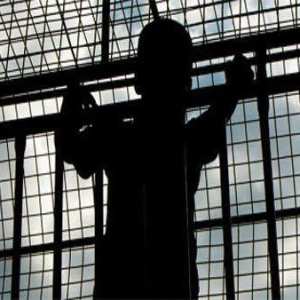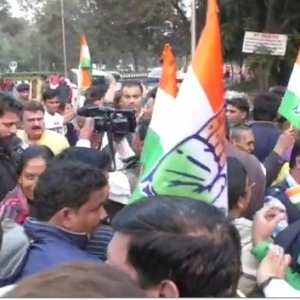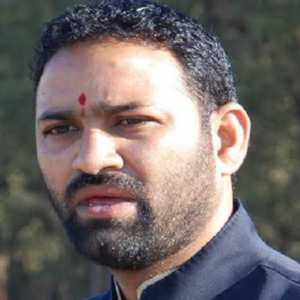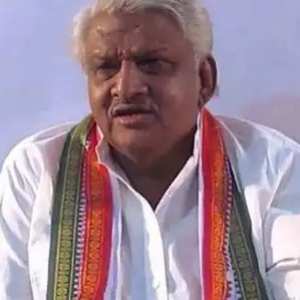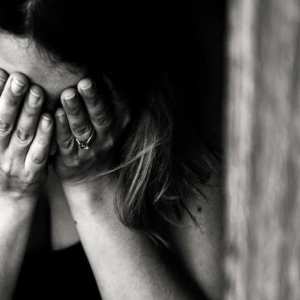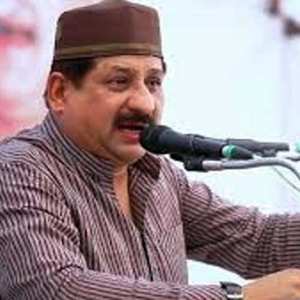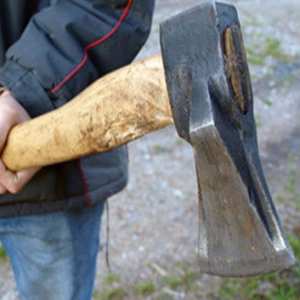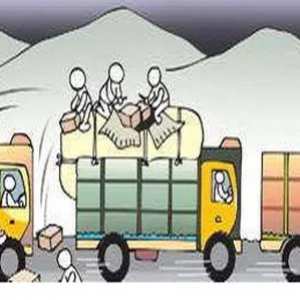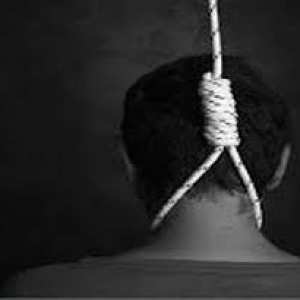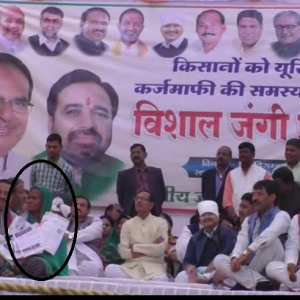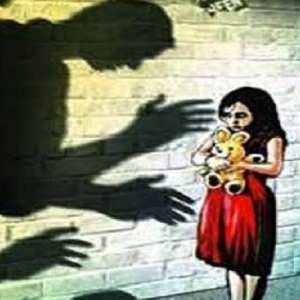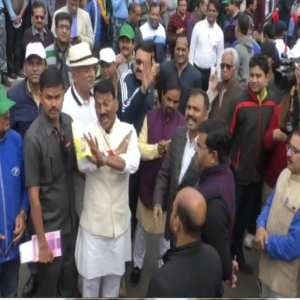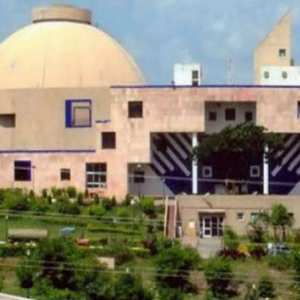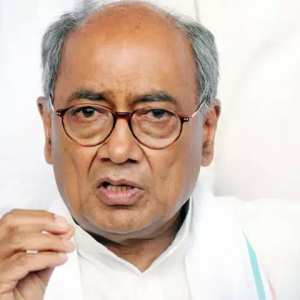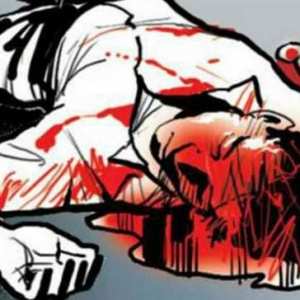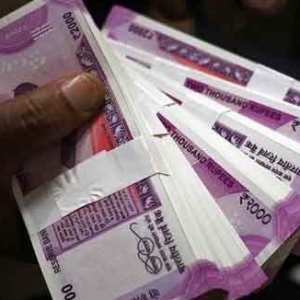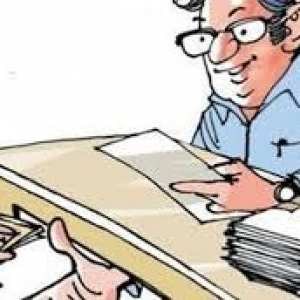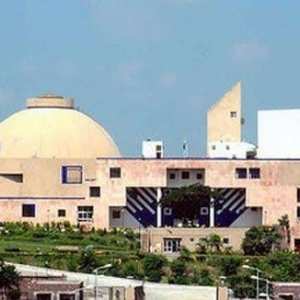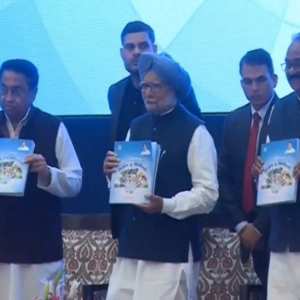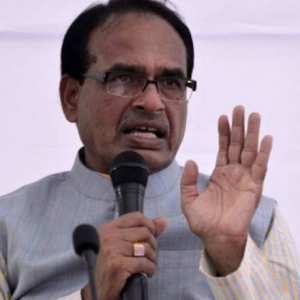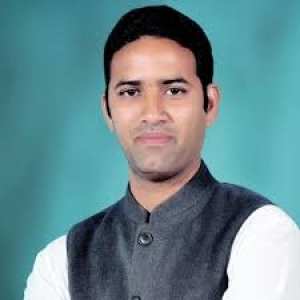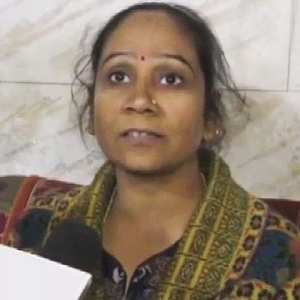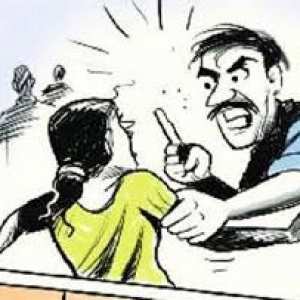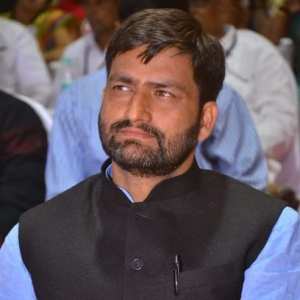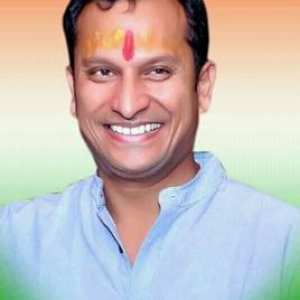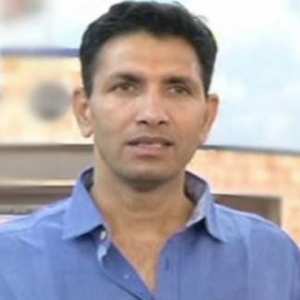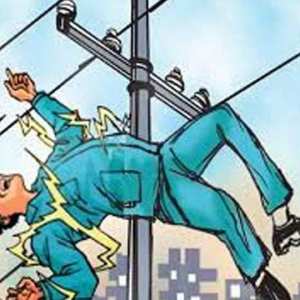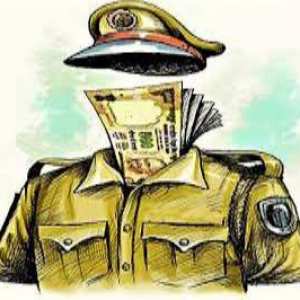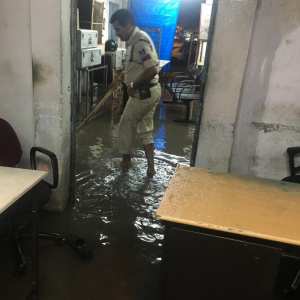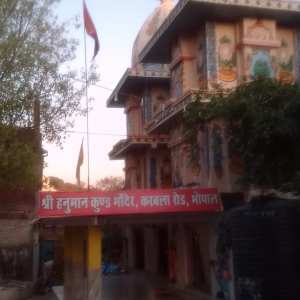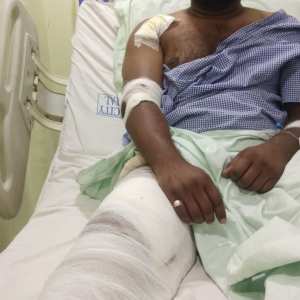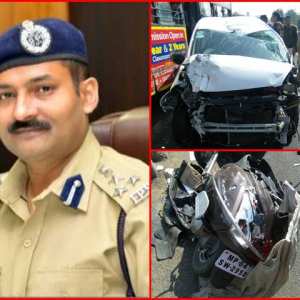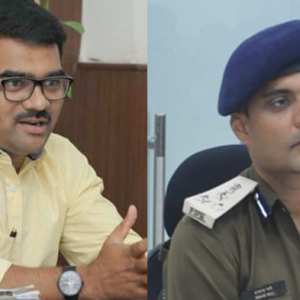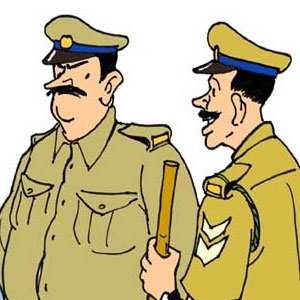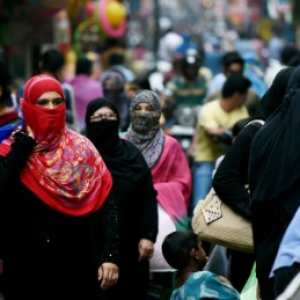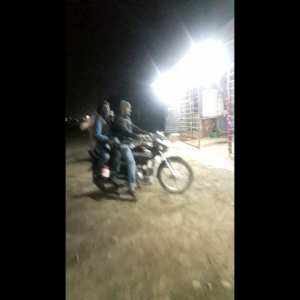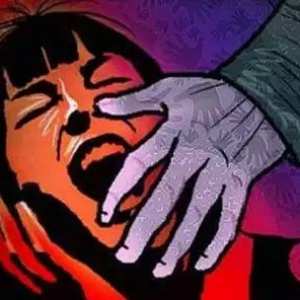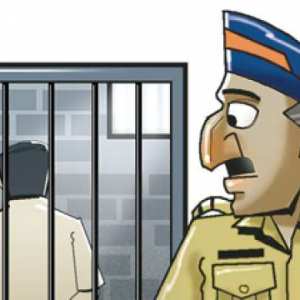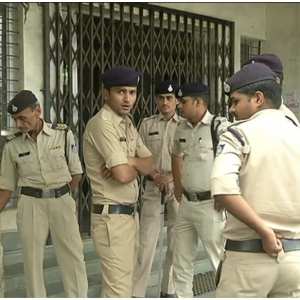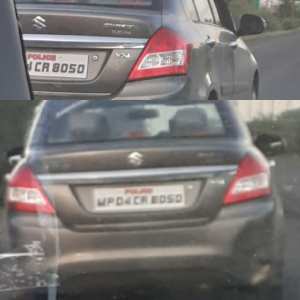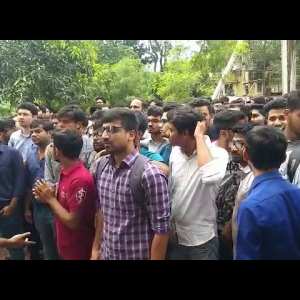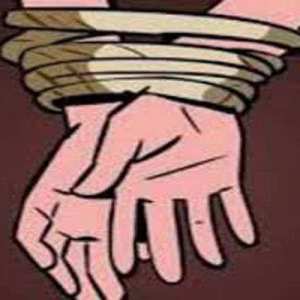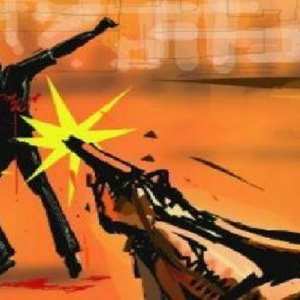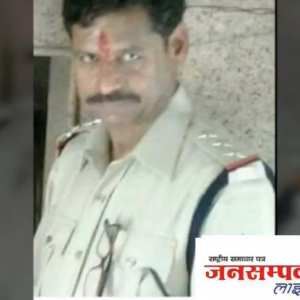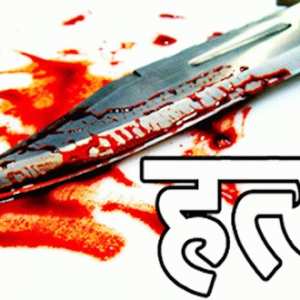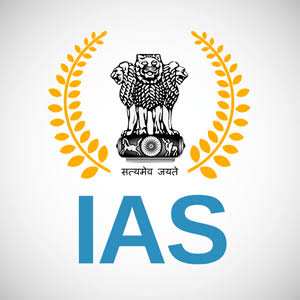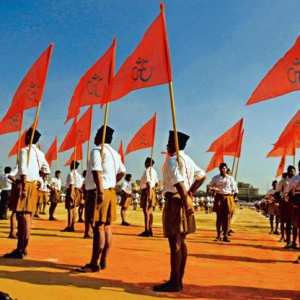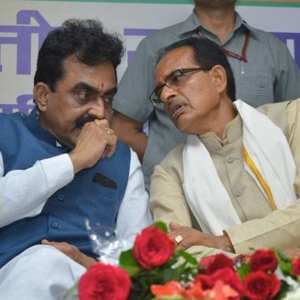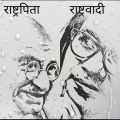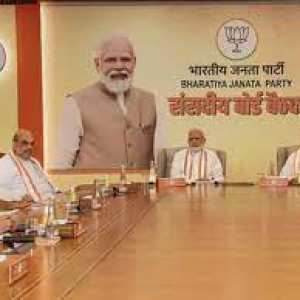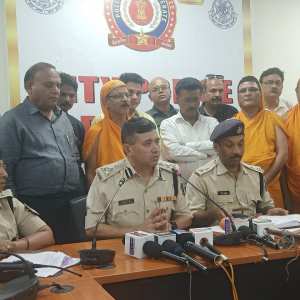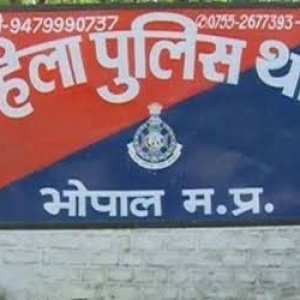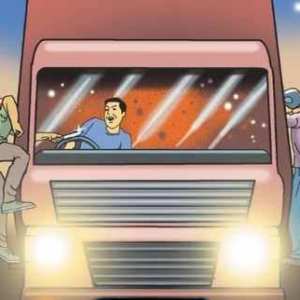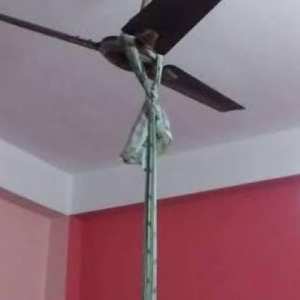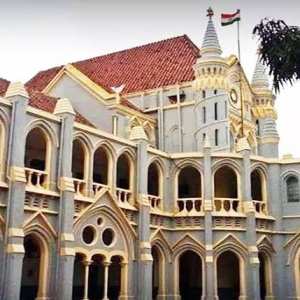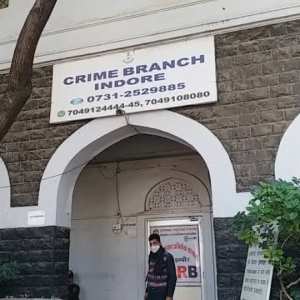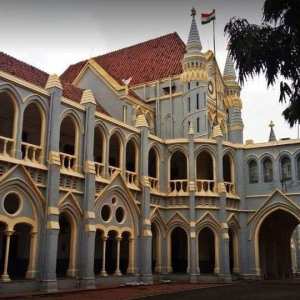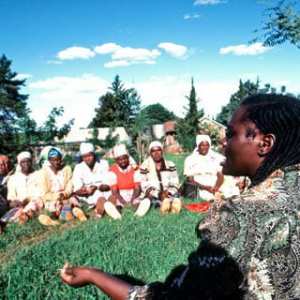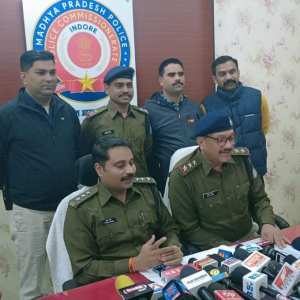【 RNI-HIN/2013/51580 】
【 RNI-MPHIN/2009/31101 】

Jansamparklife.com
What is Justice Ravi Malimath trying to achieve here? Lest the same fate befalls this 2022 decision
![]() 09 Jan 2023
09 Jan 2023

The Full Court of Madhya Pradesh made constitutional history at a meeting on December 15 by resolving that “all courts other than the High Court shall hereinafter be referred to as the ‘district judiciary’ and not as ‘subordinate judiciary’” and that “all courts other than the High Court shall be referred to as the ‘trial courts’ and not as ‘subordinate courts’.” This marks the beginning of the end of judicial feudalism in India and restores dignity and grace to the notions of independence of the judiciary and the rule of law.
Justice Ravi Malimath, who persuaded his companion justices of the MP High Court, had also held the office of acting Chief Justice (of the Himachal Pradesh High Court) and passed a similar resolution in 2021. I waited a whole year but the state, media and academia ignored it. Lest the same fate befalls this 2022 decision, we must consider many aspects, though only future reminiscences by way of judicial biographies or autobiographies, may reveal questions raised and resolved at the conferences of high courts.
Since the Constituent Assembly debates (CAD), the issue of naming the hierarchy of courts, especially the so-called “subordinate” courts, has not been discussed. Central to the CAD discourse are the composition, jurisdiction, and functions, of the Supreme Court and high courts and salaries, age of retirement, and associated details. Many amendments were moved but were not pursued. These included, among others, the age of retirement of appellate justices at 68, an idea whose time must, at last, come now. But there is little, if any, evidence regarding the renaming “subordinate judiciary”.
Nor does the official literature on district courts reflect any demand or consideration for a name change. The inadequate strength of judges was discussed by the 120th Law Commission Report, which linked judge strength to the population of the country. And even the Standing Committee headed by Pranab Mukherjee in its 85th report (2002), (adversely commenting on the judge-population ratio of 10.5 judges per 10 lakh people) recommended increasing judge strength to 50 per 10 lakh people.
Citing these reports, even the Supreme Court (1998) directed that the state should provide “as early as possible” for the “re-employment of the retiring judicial officer till the age of 62 years” in case “vacancies in the cadre of the district judge ” occur. But the Court sustained their retirement at 60 years as being “logical” and “reasonable”, given the age of superannuation of the Supreme Court (SC) and the high courts (65 and 63 years respectively). However, it also stated that an independent and efficient judicial system is one of the “basic structures (sic) of our Constitution”. This is so because the principles of the rule of law and democracy animate the fundamental right of all citizens to constitutional remedies (Article 32) and because access to the judiciary has been affirmed as a basic right by salient SC decisions.
But in introducing a research study (conducted by the Supreme Court Centre for Research and Planning), the then Chief Justice T S Thakur caustically wrote that the “existing strength of judges in the lower judiciary is wholly inadequate for the kind of workload that is constantly flowing in for disposal” and renders access to justice “illusory”. Note, though, that as late as October 31, 2016, the term used is “lower judiciary”.
Unquestionably, the Constitution enacts a hierarchy of jurisdictions, but it nowhere enacts a hierarchy of justices. Each judge is supreme within the appointed jurisdiction. No judge acting within her jurisdiction is higher or lower. Although the SC (under Article 141) may declare the law as binding on all courts within the territory of India, and the law made by high courts (subject to Article 141) is binding on the district judiciary, what stands thus declared as law is for each court to decide. The simple point is that no judge, except by way of a constitutionally-prescribed judicial review, may tell another directly how and what to decide. The Constitution prescribes that the underlying equality and dignity of all justices, and judicial process, is horizontal and not vertical.
Constitutional pundits will be quick to point out that even if a new nomenclature is needed, Parliament has ample powers of change. True, the Indian Constitution (Part VI, Chapter 6) deals with the “subordinate courts”, which shall provide civil and criminal justice within the boundaries of states, and they are called “subordinate” courts because the high court may withdraw a case pending before them if it involves a “substantial question of law” (which the high court may actually decide or only weigh in on the substantive question of law and return the matter to the same court).
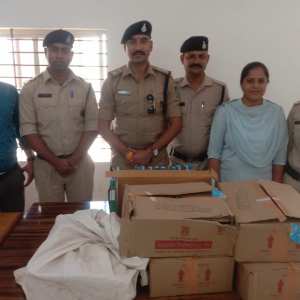

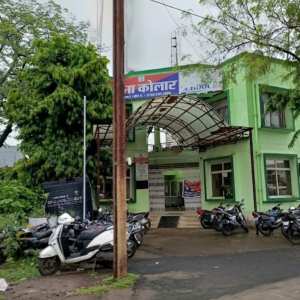
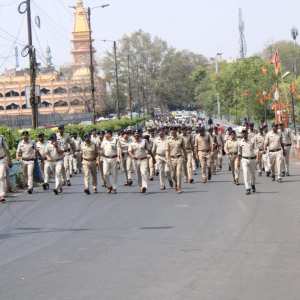
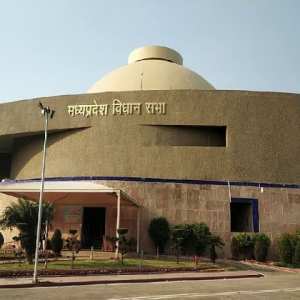


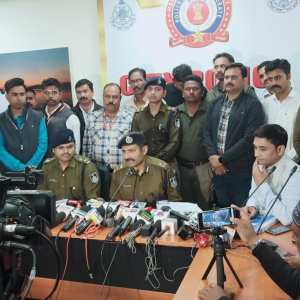
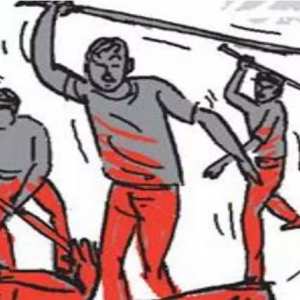
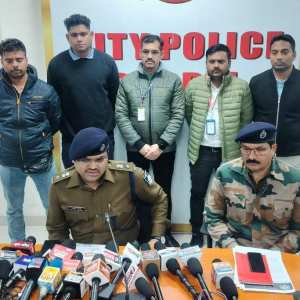
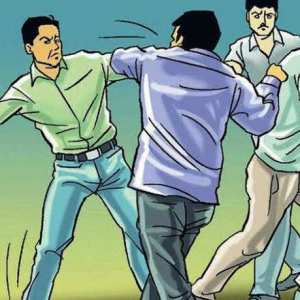
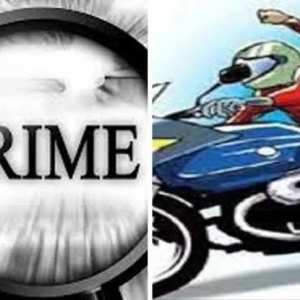
Latest Updates

शहर में क़ाबिज़ जंगलराज: सरेराह धारदार हथियार से हुआ मर्डर!!

Bhopal court orders to register murder case against TI, Jailer and 6 others

MP HC Indore Bench accepts petition seeking ban on Namaz

Indore police arrests sextortion couple along with gang , Mastermind the son of a CRPF officer

हिस्ट्रीशीटर तौफीक़ शूटर को PS ऐशबाग ने किया गिरफ़्तार!!!

Massive scam in nutrition food under Women and child development dept. in MP: State Auditor

Lawyer practising in the Indore High Court bench receives threat by unknown miscreants captured in CCTV, 'Udaipur Incident' to be repeated
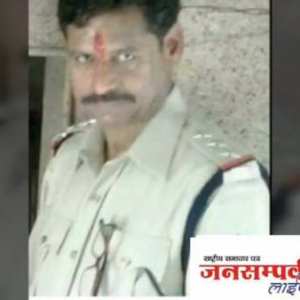
रिश्वतख़ोरी का खलनायक ख़ाकीदारी टीआई के लेनदेन का ख़ुलासा!!

दिनदहाड़े सरेराह धारदार खंज़र से हुआ जान लेवा हमला, चार दिन बाद पुलिस की बक फूटी!!!

Damoh SP summoned by the National Commission for Protection of child rights on 12 December

Indore Court sends 2 accused in land fraud case for 10 years

Call conversations bring in new element in Rani Sharma suicide case, was being harassed by IAS John Kingsley

'Not even a chocolate bar or a bag of milk can be sold from a liquor shop' - says Rakesh Kurmi of Excise Dept Bhopal; sparks controversy between alcohol & milk

Ujjain: Trouble increases for Congress MLA’s son; after rape case police declares 15000 reward

नशा तस्करों पर कहर बरपाती अपराध शाखा की कार्यवाही!!


About Us | Contact Us | Privacy Policy | Rss Feed
Total Visitors :- 384651
